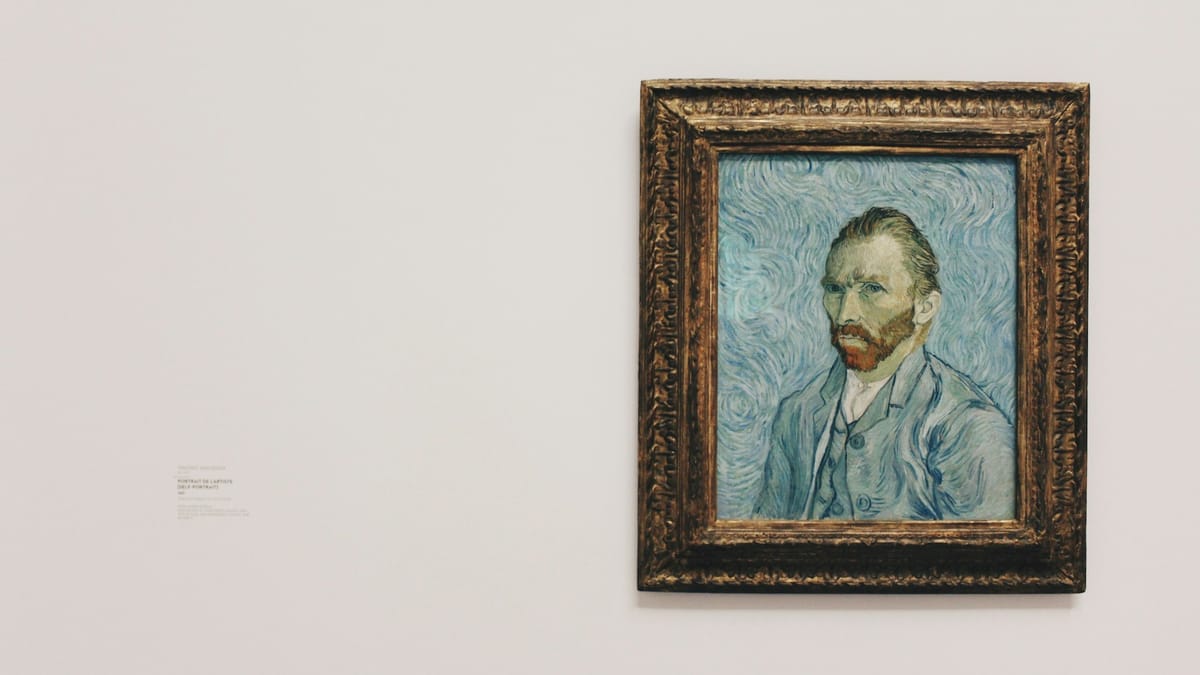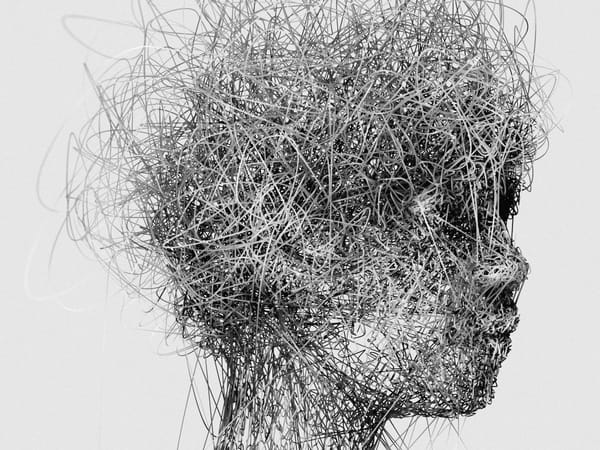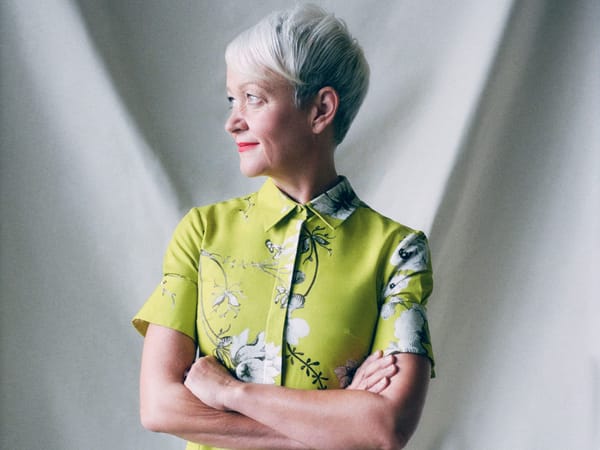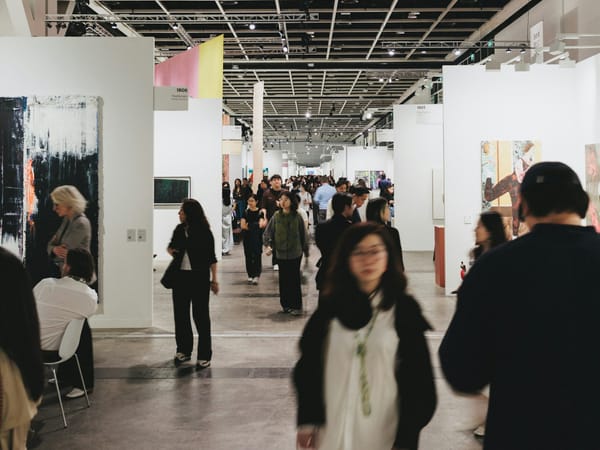Visiting Art Galleries Proven to Reduce Stress and Boost Health, Study Finds
A new King’s College London study shows that viewing original artworks like Van Gogh’s can lower stress hormones, improve immune response, and boost overall wellbeing — proof that art is good for your health.

Seeing is an act of rebellion now. The world scrolls past — polished, filtered, flattened — and our eyes grow lazy. But real seeing, the kind that catches a flicker of truth in a reflection or the quiet between people, is work. It’s art.
Artists have always known this. They don’t copy the world; they translate it. A shadow becomes a confession, a wall hums with color, a stranger’s gesture carries an entire story. Seeing differently isn’t about talent — it’s about courage. The courage to look twice when everyone else looks away.
Photography, painting, even walking down a street can be an artistic act if you pay attention. The world keeps offering scenes. Most of us just forget to notice.
And now, science has caught up with what artists have whispered for centuries: seeing deeply can heal. A new study from King’s College London found that standing before original works by Van Gogh or Manet doesn’t just move the soul — it rewires the body. Inside the Courtauld Gallery, heart rates dropped, stress hormones fell by 22%, and inflammatory markers quieted by almost a third. The copies, shown in a sterile room, did nothing.
Researchers say art triggers three body systems at once — immune, endocrine, and nervous — the first time such a connection has been recorded. “It’s a physiological conversation between art and the body,” said Dr. Tony Woods, one of the study’s authors. The body listens when the eyes truly see.
This isn’t about gallery etiquette or cultured living. It’s about presence — the human need to stand before something real, imperfect, unpixelated. The brushstrokes breathe, and in their rhythm, the body remembers how to calm itself.
Maybe that’s the quiet miracle here. In a time of constant noise, art teaches us to look again — not to consume, but to connect. The ordinary isn’t empty. It’s waiting for someone to actually see it.
© ART Walkway 2025. All Rights Reserved.





